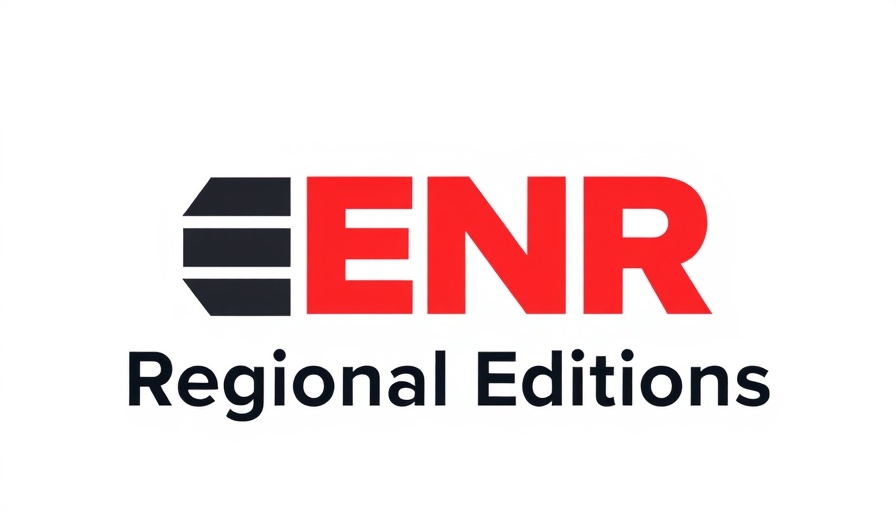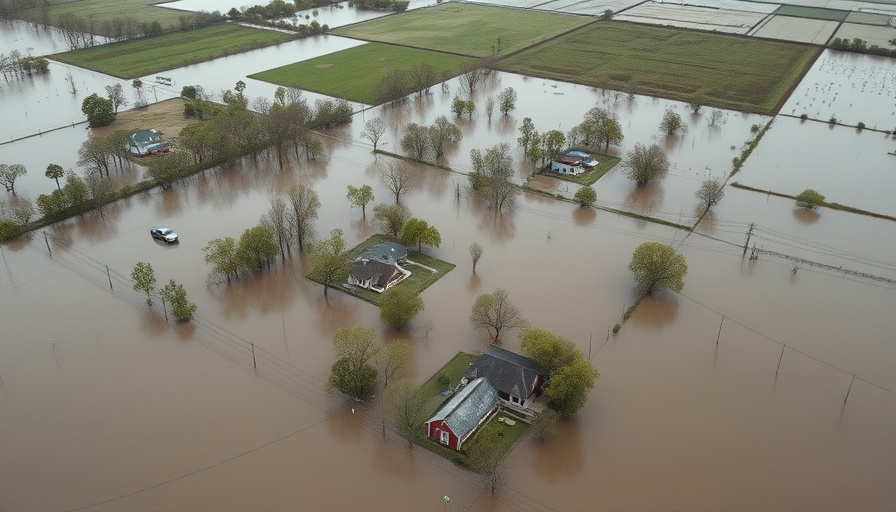
Unlocking Opportunities: The Power of ENR Market Surveys
If you’re in the commercial construction sector, participating in ENR (Engineering News-Record) market surveys can be a gateway to invaluable insights and a competitive edge. By engaging in these surveys, you stand to gain an inside look at market trends, competitor strategies, and real data that can shape your project approaches. Think of it as a shortcut through the dense fog of industry uncertainty.
Your Role in Shaping Industry Standards
Market surveys aren’t just about collecting data—they’re about shaping the future of the construction industry. When companies step up to report their experiences and strategies, they contribute to a collective knowledge bank that benefits everyone. This collaborative spirit ensures that you are not merely a follower of trends, but an active participant in determining what those trends will be. Besides, who doesn’t want to be the trendsetter rather than the trend-follower?
Competition: A Catalyst for Improvement
Entering ENR competitions is not just a chance to win accolades; it’s also an opportunity to showcase your company’s innovation and efficiency. These competitions encourage participants to highlight their advancements in project management, sustainability, or technology integration. As we’ve seen, awards can enhance your brand’s reputation, attract new clients, and in turn, help you boost your bottom line. Plus, it’s a great excuse for a celebratory office party if you win!
Maximize Your Participation
To reap the full benefits of participating in ENR surveys and competitions, here are some actionable insights:
- Be Thorough: Ensure that your submissions cover all necessary details. The more information you provide, the richer the feedback you’ll receive.
- Engage Your Team: Get input from various departments. After all, it’s the combined expertise that truly reflects your company's capabilities.
- Use Technology: Leverage digital tools to streamline your data collection and presentation. This not only saves time but often yields clearer insights.
Looking Ahead: The Value of Continuous Engagement
As we advance into a more digitally integrated construction landscape, regular participation in surveys and competitions will elevate your firm’s strategic positioning. The data trends gathered today can forecast the technological and operational changes of tomorrow. That means the effort you put in now could pay dividends later as your business adjusts to shifting market demands.
Join the Conversation Now!
So, whether you're a seasoned construction veteran or just getting started, take the plunge and participate in the upcoming ENR surveys and competitions. Your contributions can make a difference not only for your own company but for the industry at large. Dive into the vibrant dialogue that shapes our shared future, and you might find your next big idea lurking in the insights gathered from collective experience. Don’t miss this chance—get involved today!
 Add Row
Add Row  Add
Add 




Write A Comment